At about 5 a.m., when everything was still pitch dark outside, 55-year-old Liu Hongjun packed his things and set out with his bag of "weapons."
Forty minutes later, he arrived at a place by a river in a mountain valley.
He carefully chose his position on a slope facing the river and covered himself in a camouflage net. Then he took out his "gun," also covered in camouflage, and took a deep breath to ready himself for the upcoming long wait.
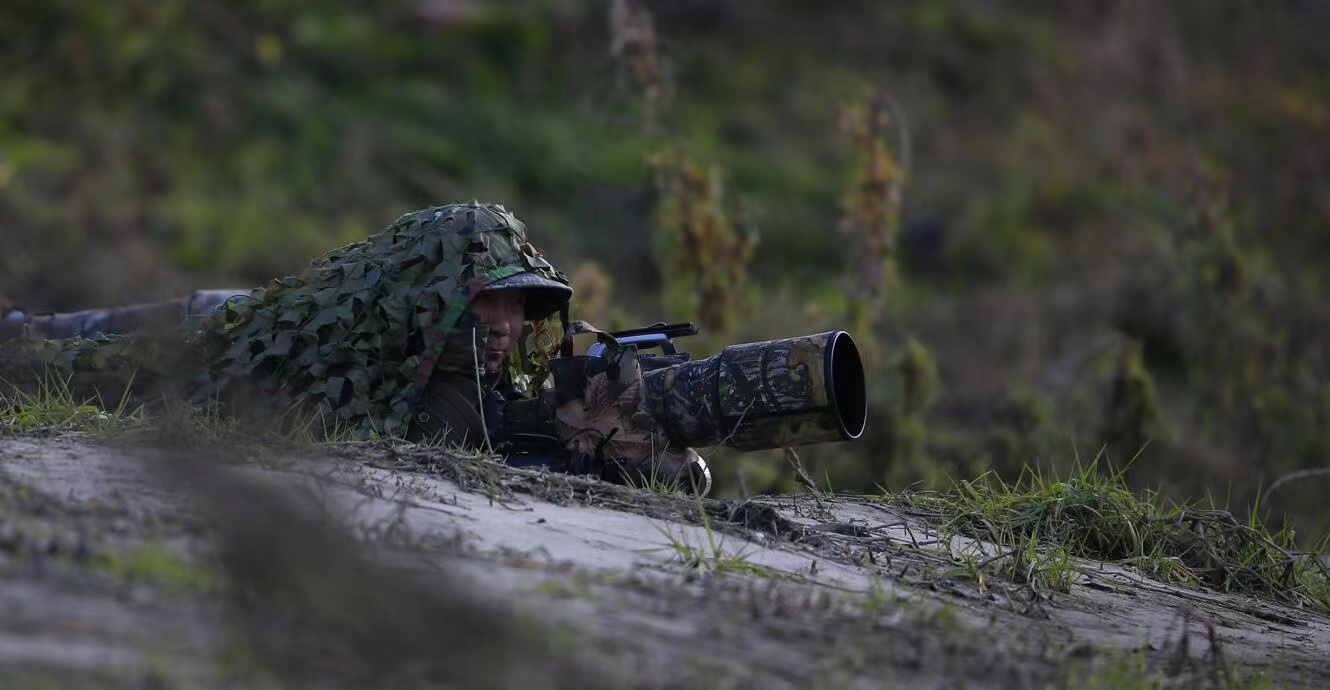
Liu Hongjun waits for birds in camouflage. /Han Yongwei
Liu Hongjun waits for birds in camouflage. /Han Yongwei
It's winter. He started to feel the cold air encroaching on him but he stayed put.
A sniper's playbook!
Except that his "gun" was not a real gun but a camera with an 800mm lens, his target was not an enemy, and his goal was not to kill.
He was waiting for these floating creatures: Chinese mergansers, an endangered migratory bird that passes by Liu's city every winter.
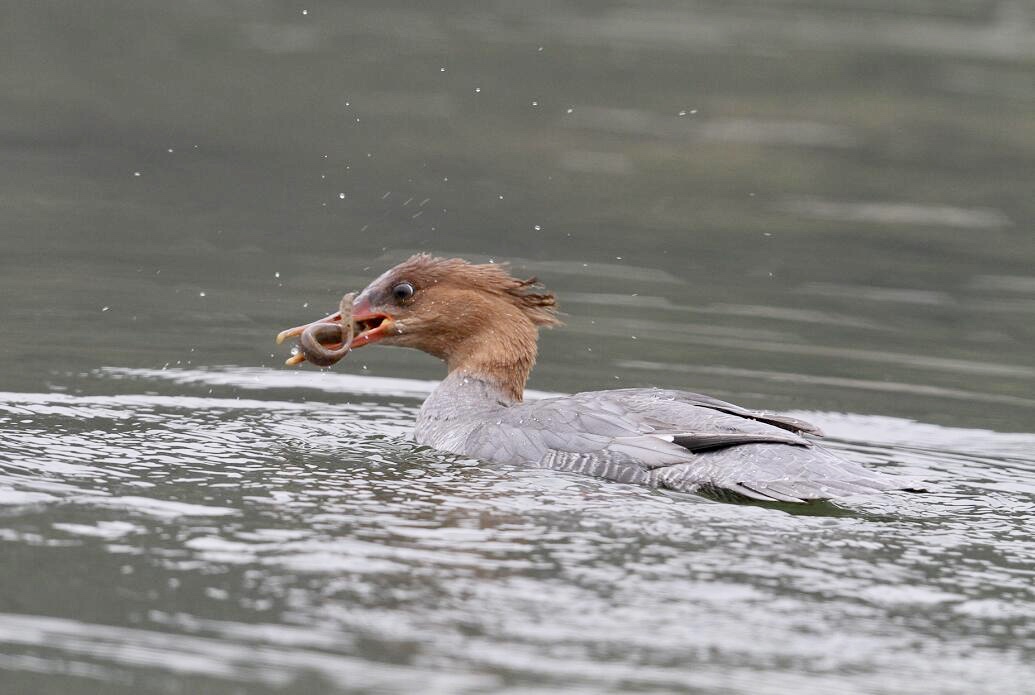
A female Chinese merganser. /Liu Hongjun
A female Chinese merganser. /Liu Hongjun
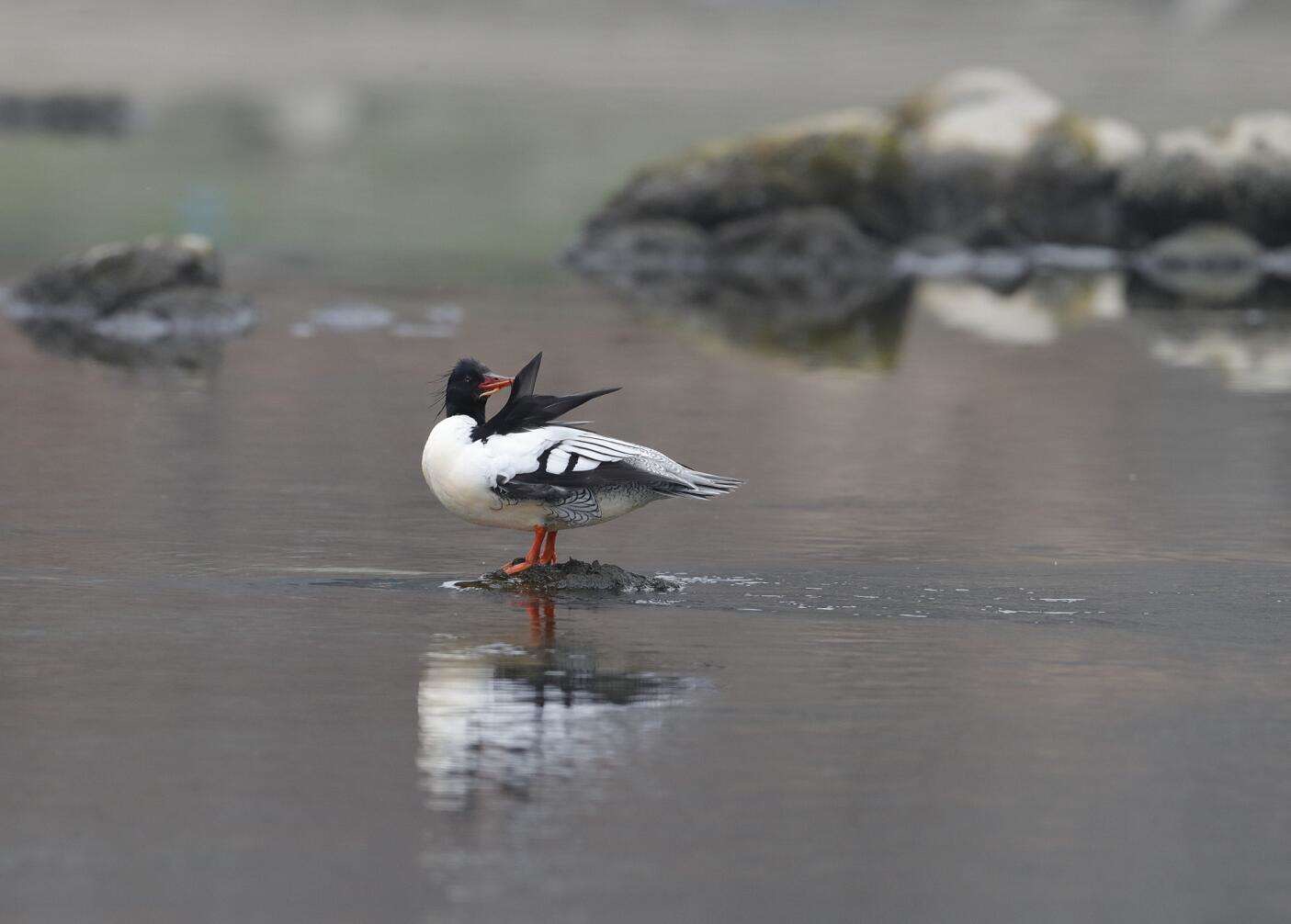
A male Chinese merganser. /Liu Hongjun
A male Chinese merganser. /Liu Hongjun
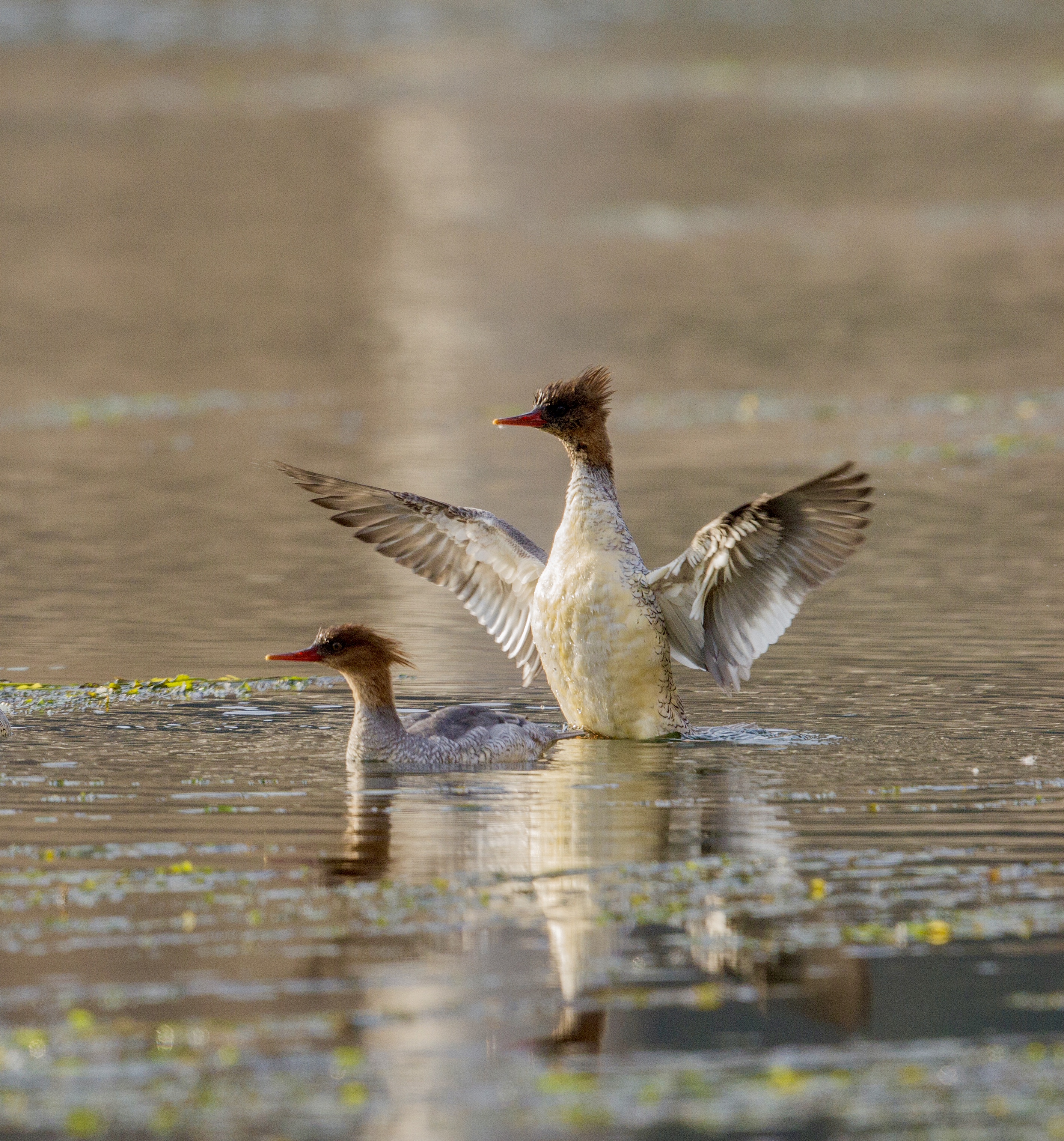
Female Chinese mergansers. /Liu Hongjun
Female Chinese mergansers. /Liu Hongjun
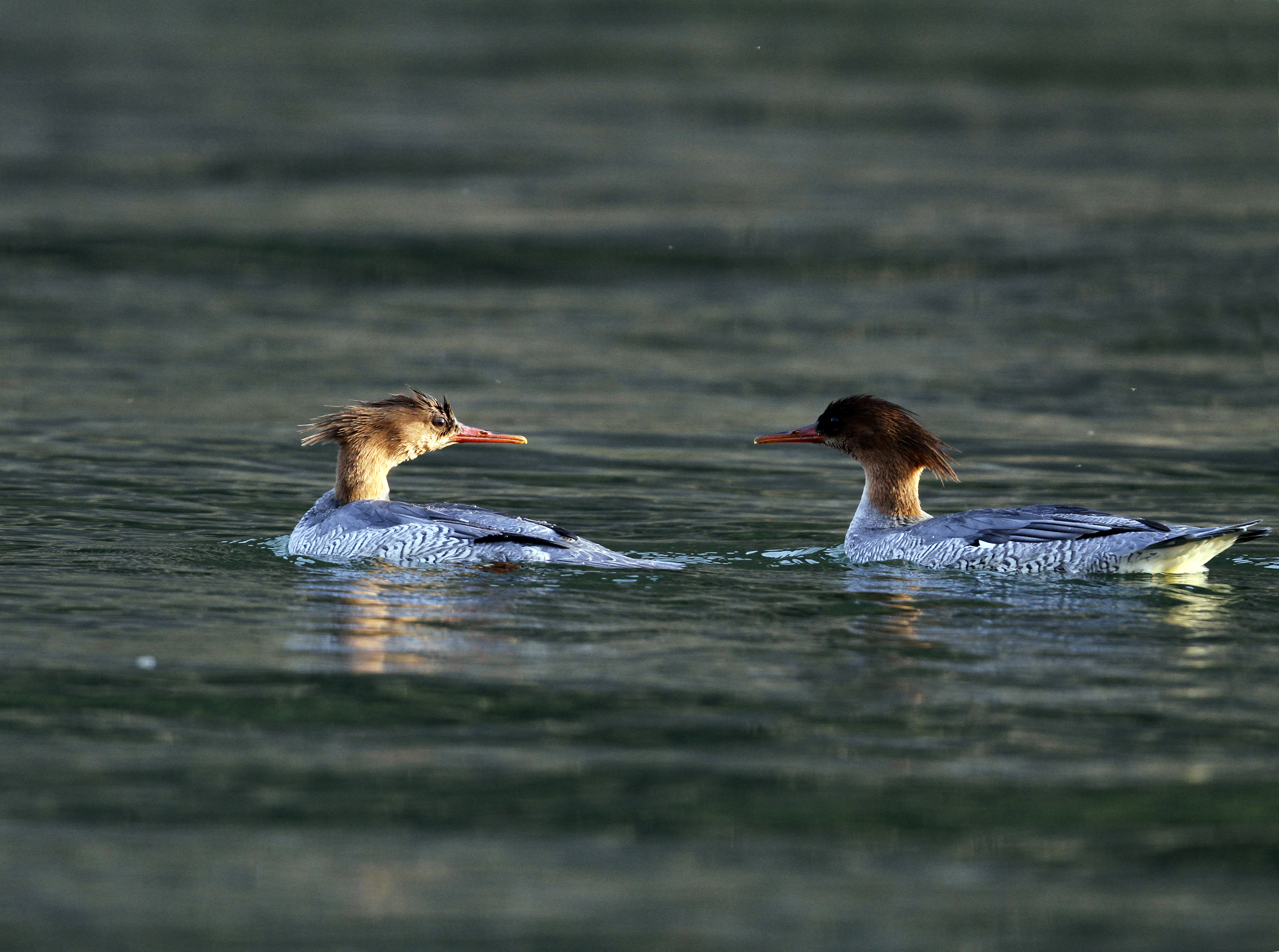
Chinese mergansers. /Liu Hongjun
Chinese mergansers. /Liu Hongjun
"It's pretty much like sniping. You just have to hide and wait, however long that's going to take. Sometimes the birds would even come too close for your camera to focus. But birds like to frequent certain tree branches, so as long as you hide yourself well, eventually they will show up and be your 'model,'" Liu said.
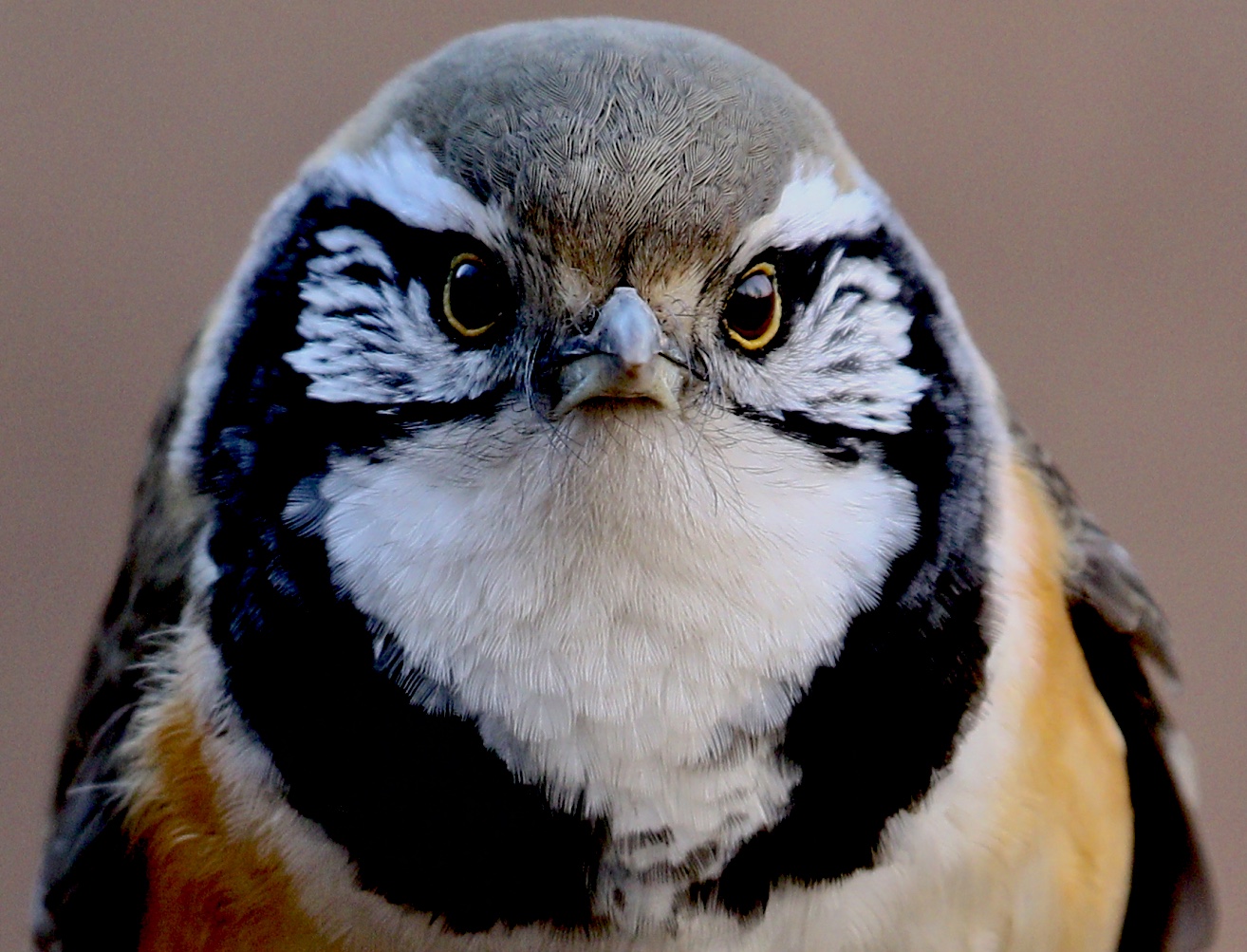
Greater necklaced laughingthrush. /Liu Hongjun
Greater necklaced laughingthrush. /Liu Hongjun
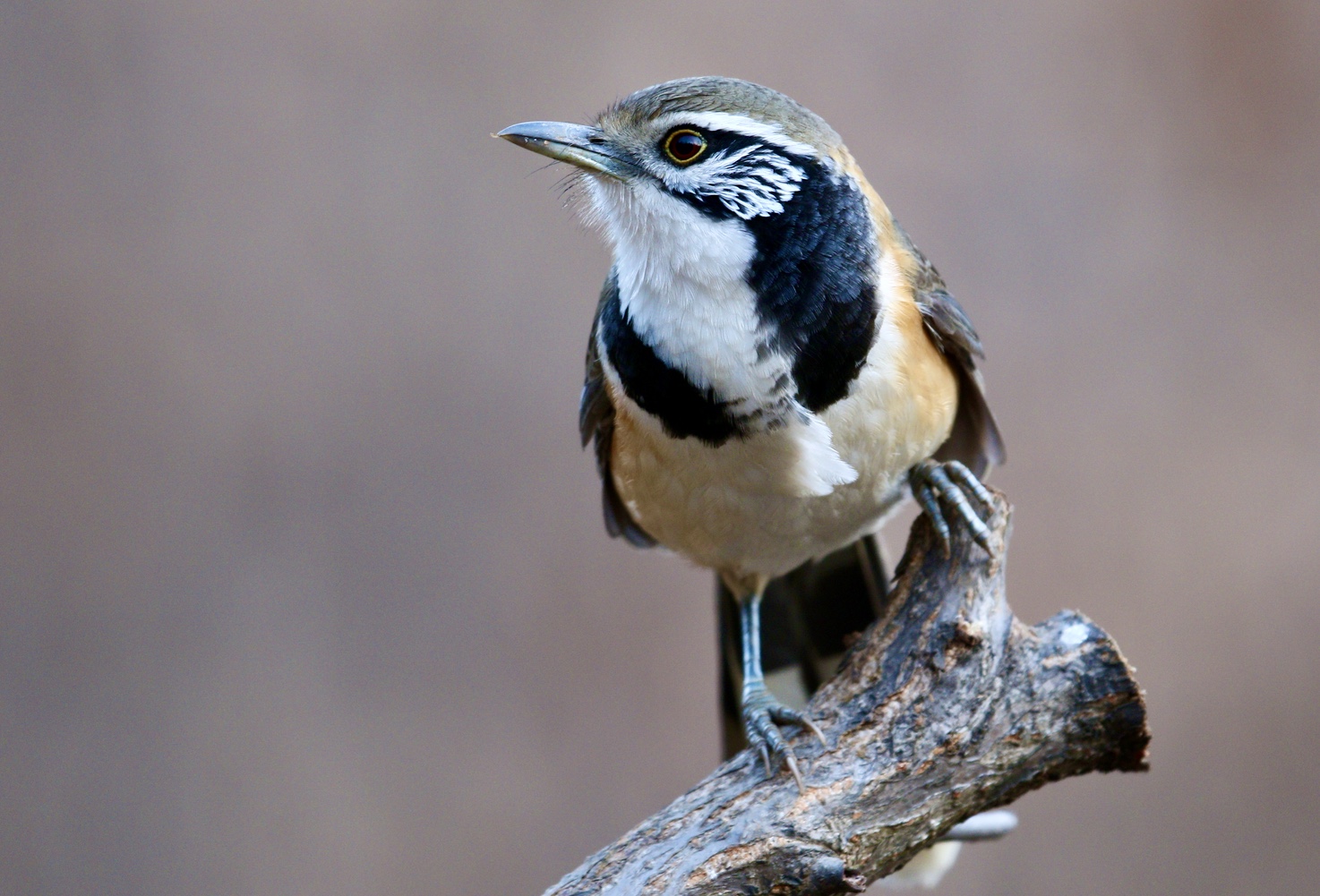
Greater necklaced laughingthrush. /Liu Hongjun
Greater necklaced laughingthrush. /Liu Hongjun

Crested kingfisher. /Liu Hongjun
Crested kingfisher. /Liu Hongjun
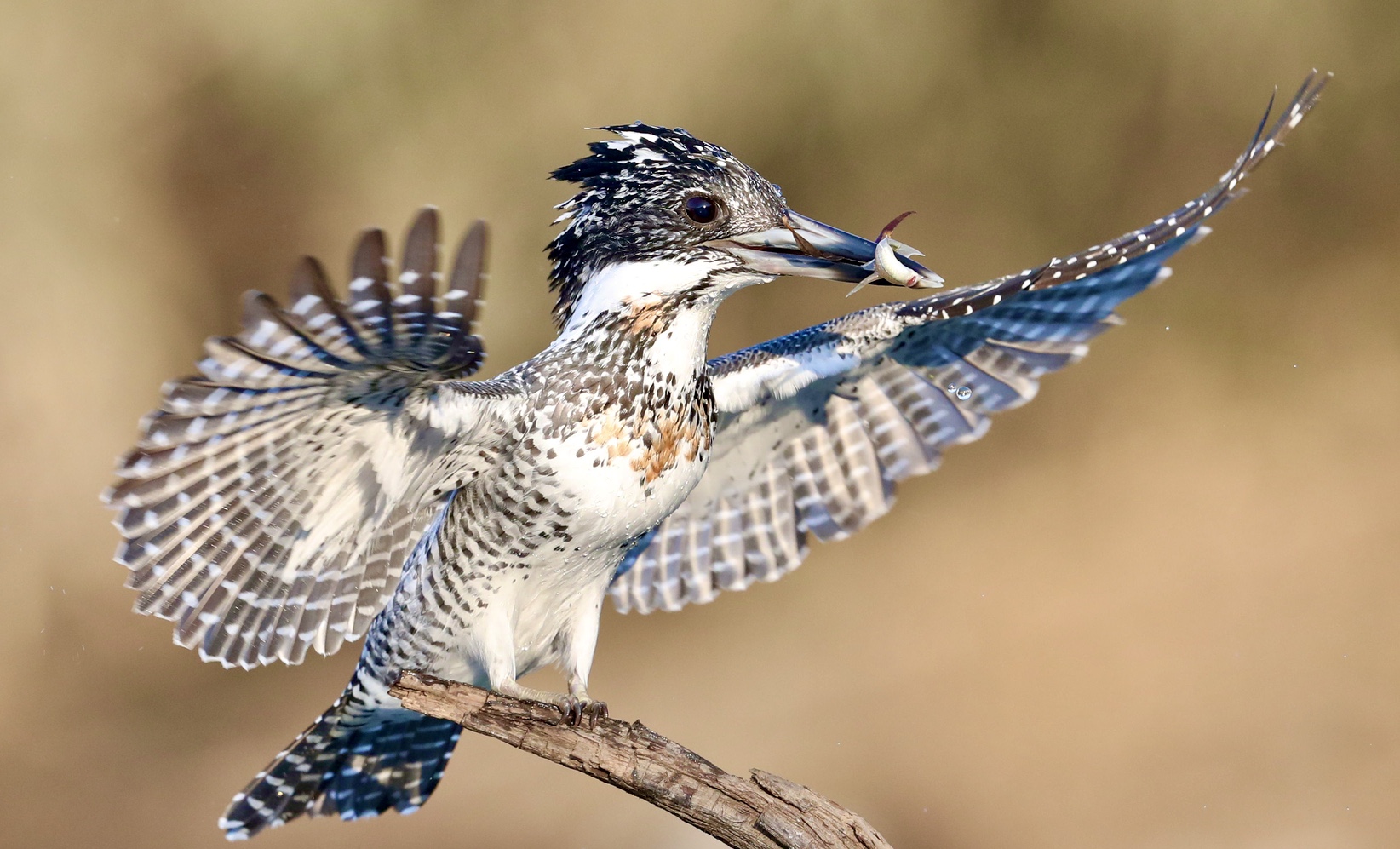
Crested kingfisher. /Liu Hongjun
Crested kingfisher. /Liu Hongjun
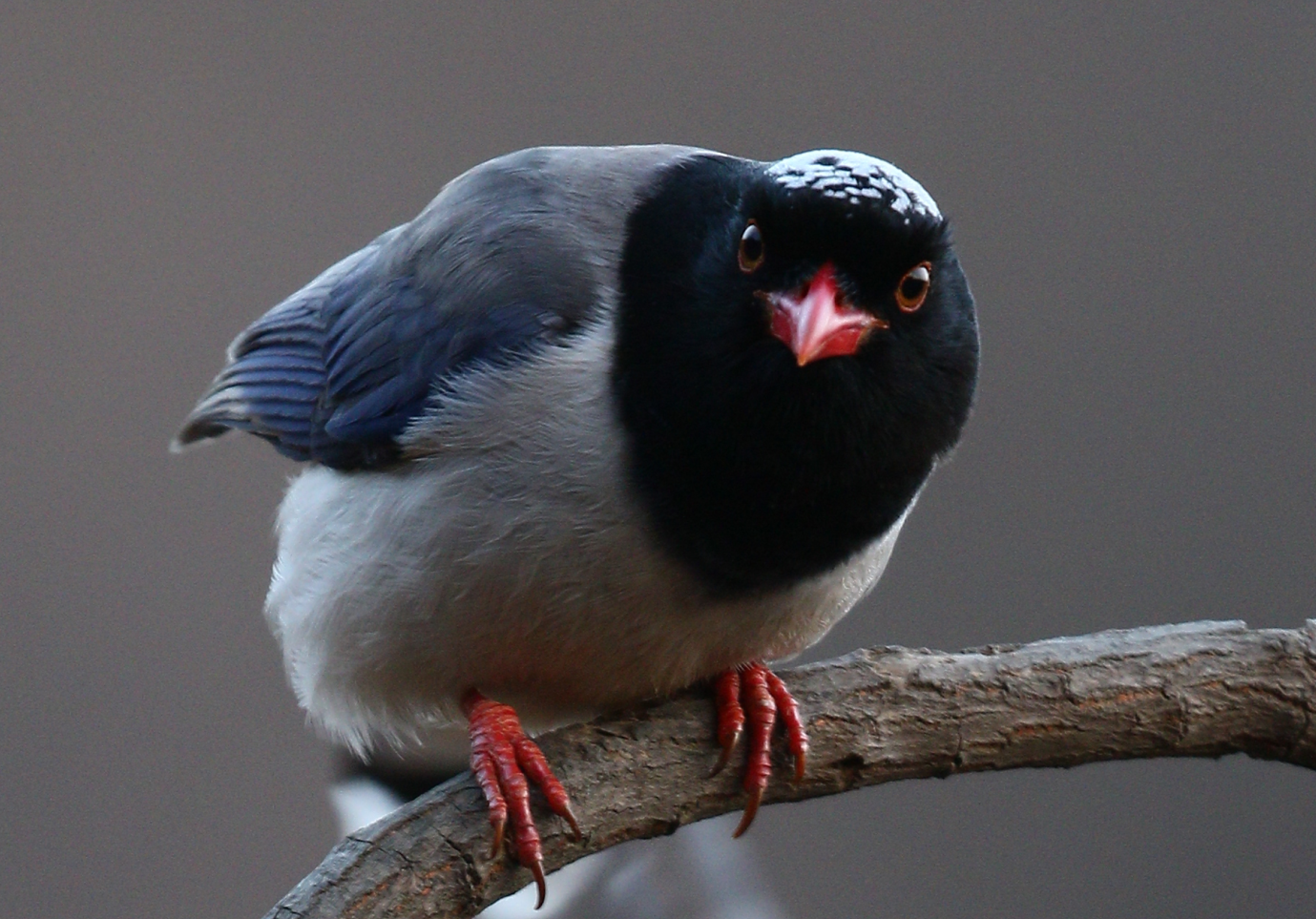
Red-billed blue magpie. /Liu Hongjun
Red-billed blue magpie. /Liu Hongjun
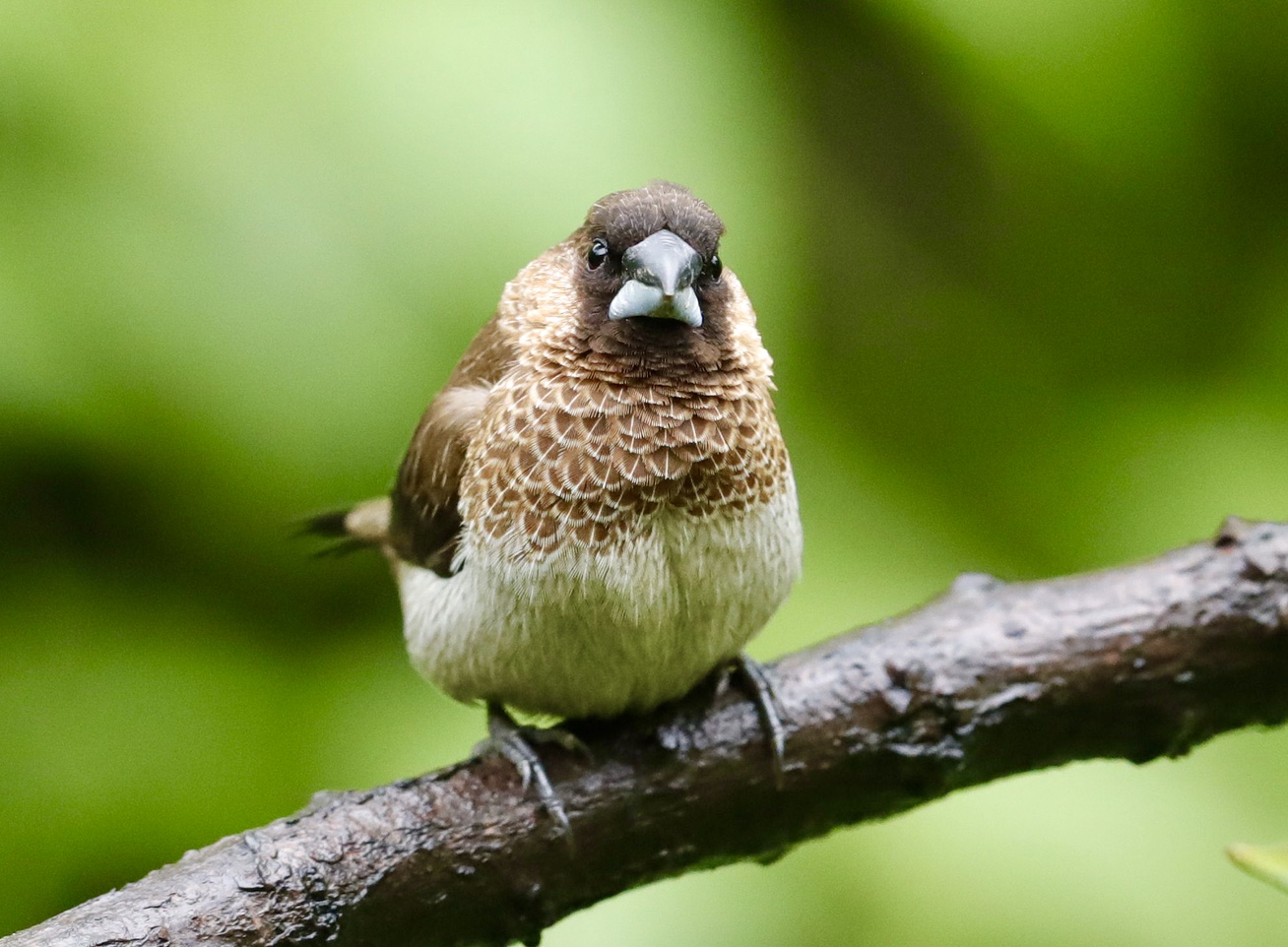
White-rumped munia. /Liu Hongjun
White-rumped munia. /Liu Hongjun
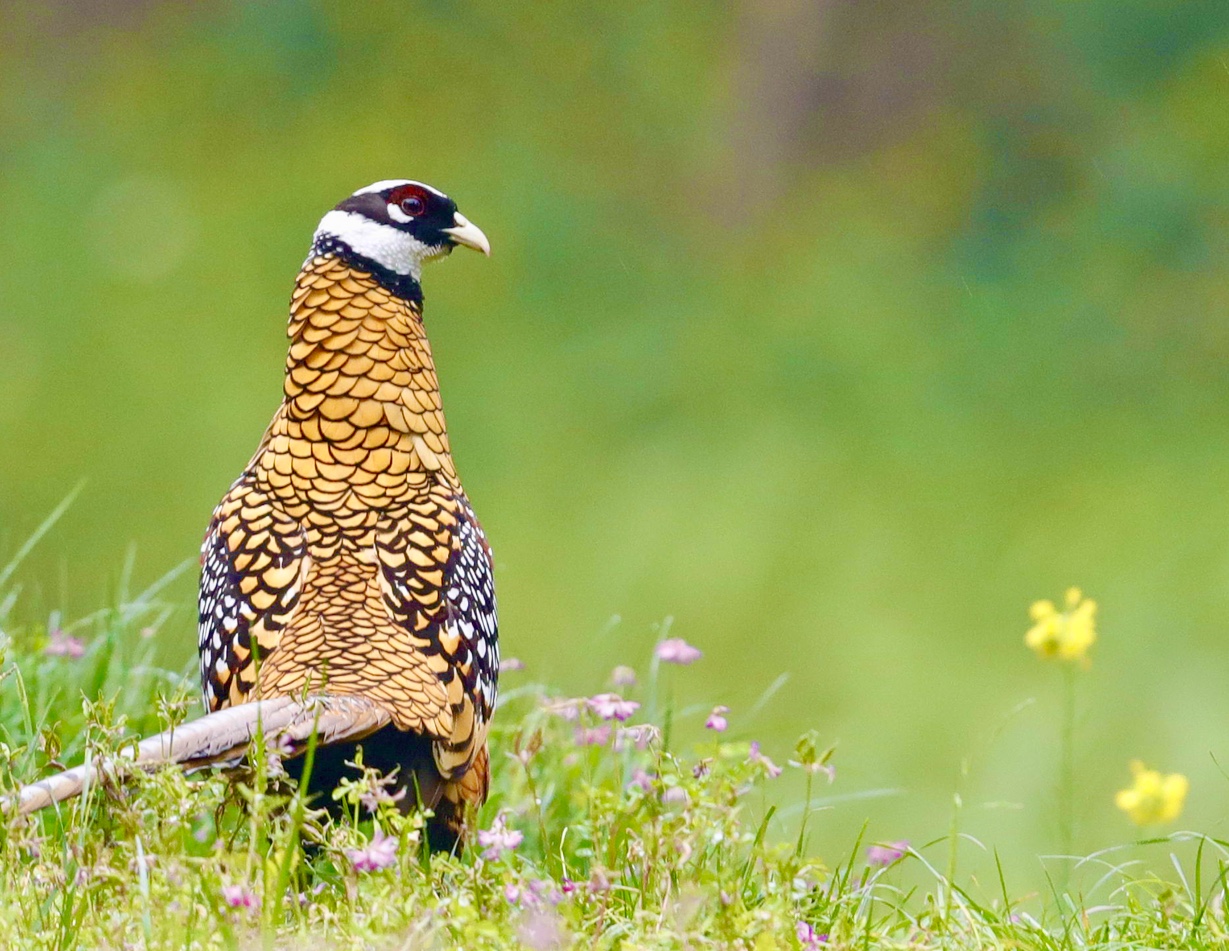
Reeves' pheasant. /Liu Hongjun
Reeves' pheasant. /Liu Hongjun
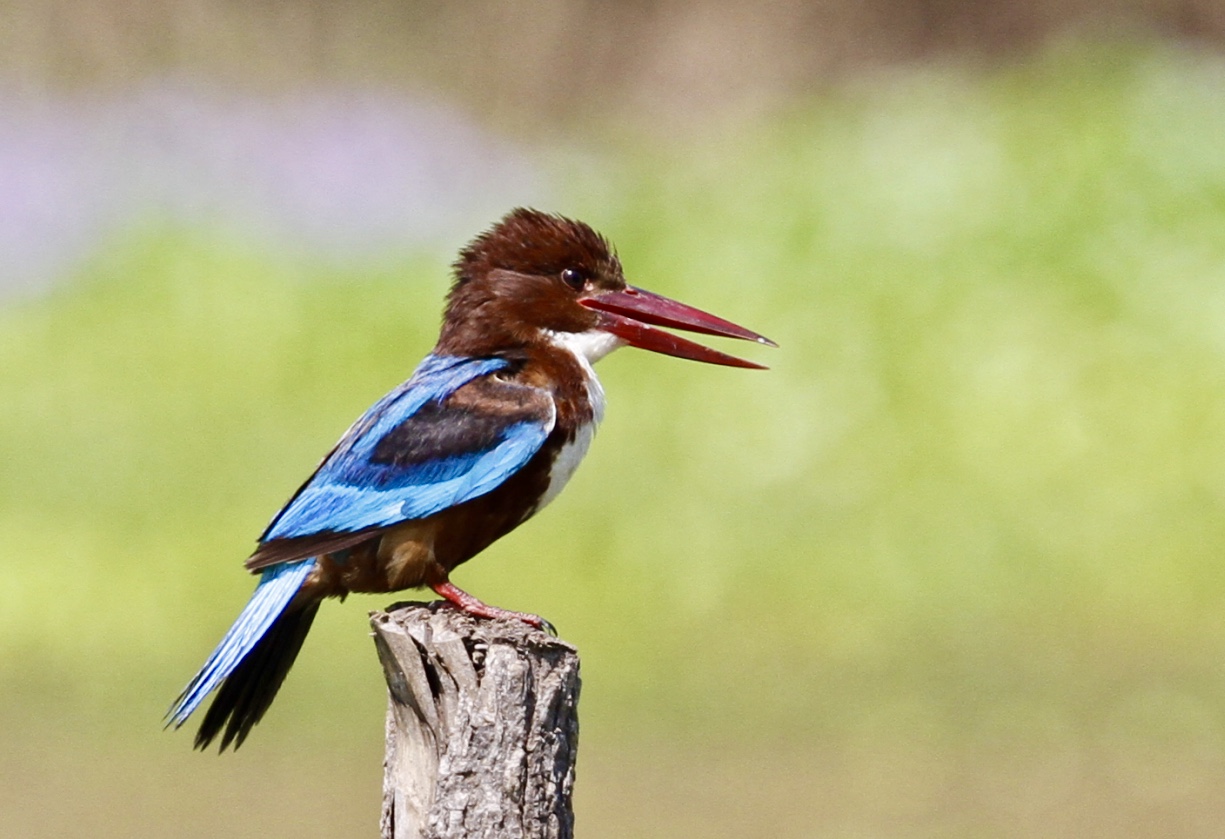
White-throated kingfisher. /Liu Hongjun
White-throated kingfisher. /Liu Hongjun
The bird lover is also a primary school math teacher in Shiyan City, central China's Hubei Province. Photography has been his hobby since he was only 17.
"Before 2000, I only took photos of nature scenes, until one day when I was out and taking photos, a beautiful small bird burst into the picture. I didn't know what it was until later I found out that it was an Elliot's laughingthrush. I was thinking to myself: 'If only I could capture these beautiful birds on my camera.' That' when I started to make the shift," Liu recalled.
At the beginning, he had to buy himself books and teach himself how to recognize different species of birds, which is one of the most difficult parts of birdwatching.
But things soon took off. Today, Liu has observed 280 bird species in the city and taken nearly 300,000 photos of the flying creatures. And he is also the first person to discover four new bird species in his city.
"Birds are really smart. I think they have emotions, just like humans. They could get angry and quarrel sometimes. Parents love their kids like just us, but when the kids get too naughty, the birds parents also teach them a lesson by pecking at them. Last year, I noticed that young red-billed blue magpies could help their parents take care of the youngest ones in the family," the bird lover said.
He still remembers the day when his car was stopped by a family of Chinese bamboo partridges crossing the road. The mother partridge risked her life and returned to pick up a few young birds left on the other side of the road.
"The mother partridge could have been killed if we were hunters, but she was willing to sacrifice her life to save her children. I was deeply touched."
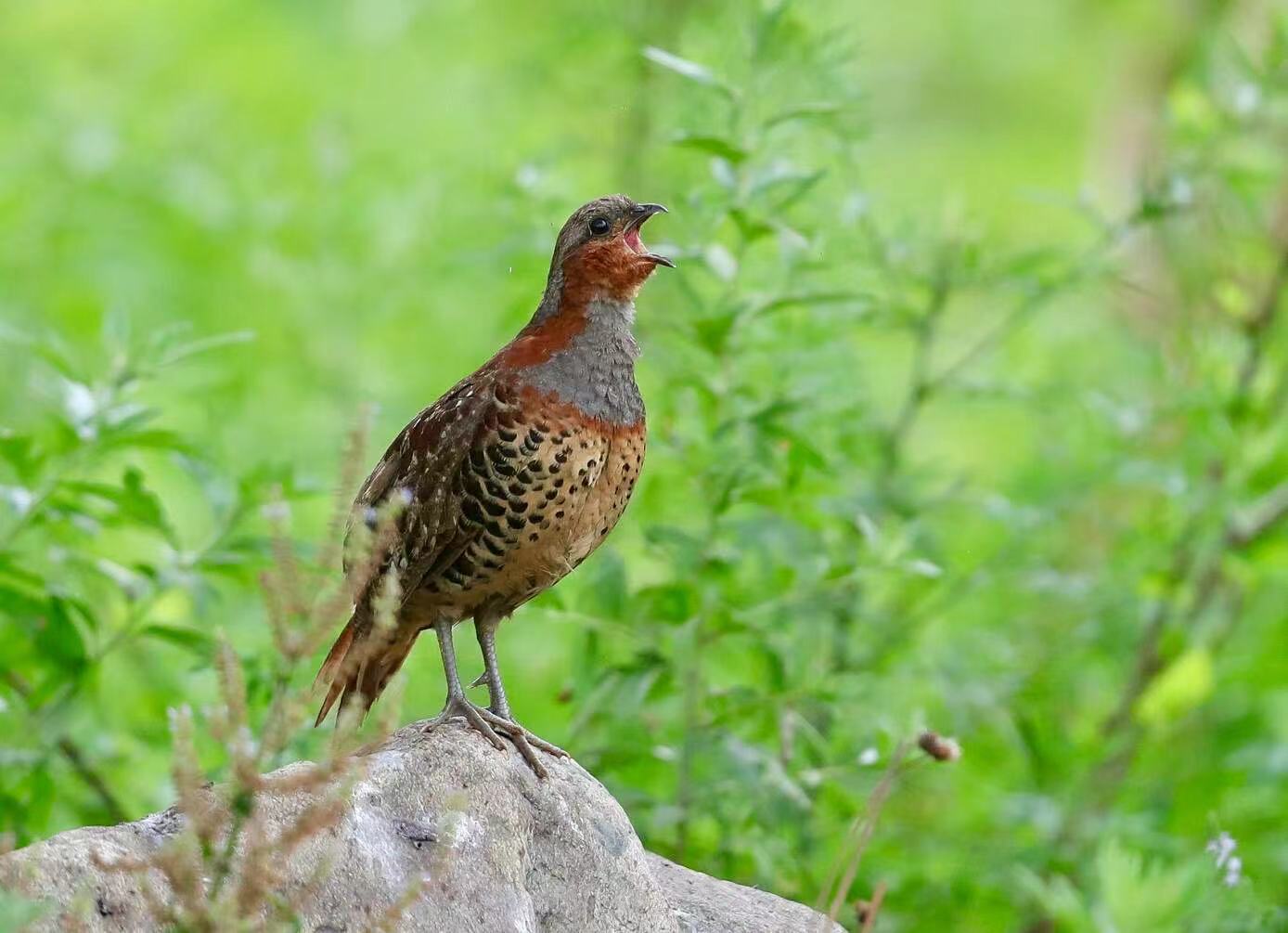
Chinese bamboo partridge. /Liu Hongjun
Chinese bamboo partridge. /Liu Hongjun
Besides taking his camera and traveling across the entire city on weekends when his school is closed, Liu has brought birds into his classroom. The school has opened a nature education course for him and he often visits other schools, universities and communities to show his bird photos and the stories behind them.
To his satisfaction, a student went back home after taking his class and released the pet laughingthrush caged at home by his grandfather.
"The kids nowadays really need nature education. They know very little about nature. For example, when a bee flies into the classroom, everyone would be so scared, and when a bug enters, they would just scream. Well, I ask them why they're so afraid. It's because they don't know about them. So I take them out to watch birds, walk in nature and get to know nature. They started to change when they learned more," he said.
"More biodiversity means a healthier planet, and that's when we humans can really live in harmony with nature."
For more:
Bird lover's journal: Discovery of bee-eater couple raises questions
Bird lover's journal: The beauty lies in uncertainties
Bird lover's journal: 45 bird species in two days is just not enough

